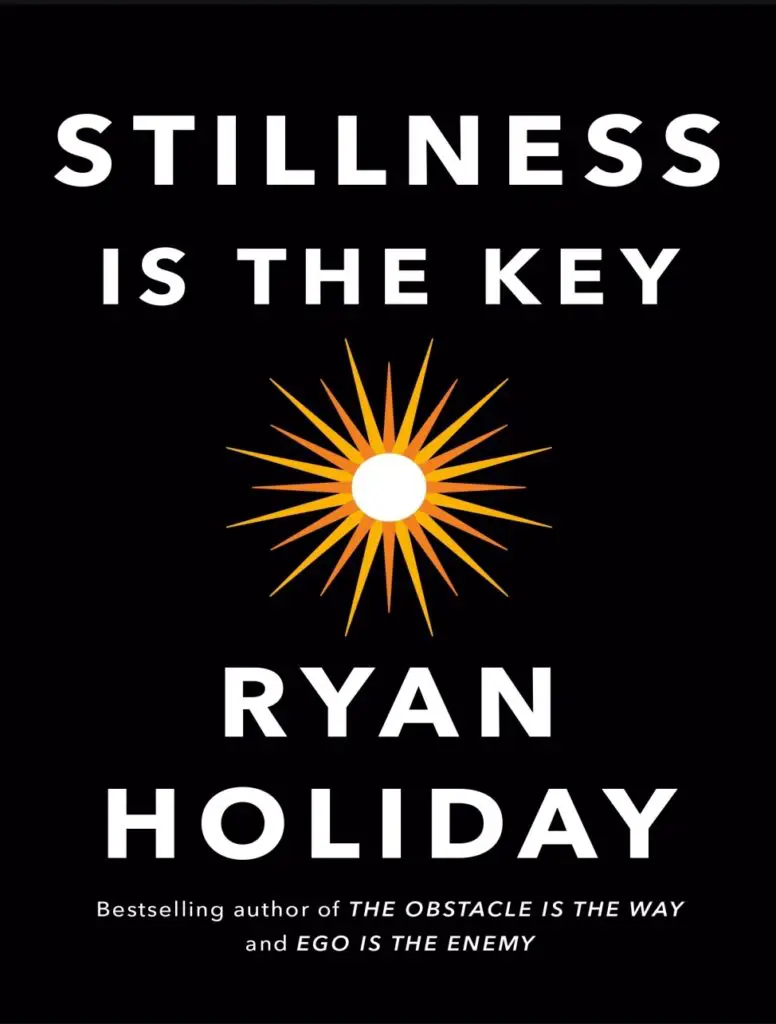Stillness is the Key

INTRODUCTION
The call to stillness comes quietly. The modern world does not. In addition to the clatter and chatter and intrigue and
the infighting that would be familiar to the citizens of Seneca’s time, we have car horns, stereos, cell phone alarms, social media notifications, chainsaws, aeroplanes.
Our personal and professional problems are equally overwhelming. Competitors muscle into our industry. Our desks pile high with papers and our inboxes overflow with messages. We are always reachable, which means that arguments and updates are
never far away. The news bombards us with one crisis after another on every screen we own—of which there are many.
The grind of work wears us down and seems never to stop. We are overfed and undernourished. Overstimulated, overscheduled, and lonely. Who has the power to stop? Who has time to think? Is there anyone not affected by the din and dysfunctions of our time? While the magnitude and urgency of our struggle is modern, it is rooted in a timeless problem. Indeed, history shows that the ability
to cultivate quiet and quell the turmoil inside us, to slow the mind down, to understand our emotions, and to conquer our bodies has
always been extremely difficult. “All of humanity’s problems,” Blaise Pascal said in 1654, “stem from man’s inability to sit quietly in a room alone.”